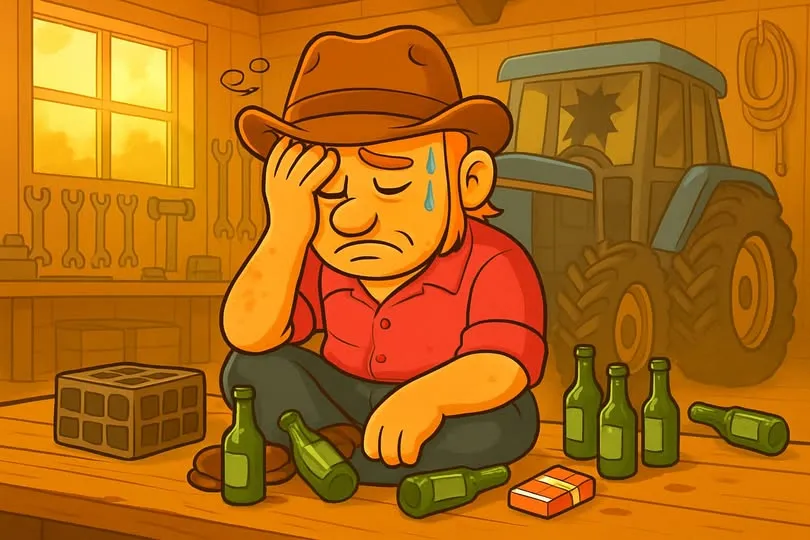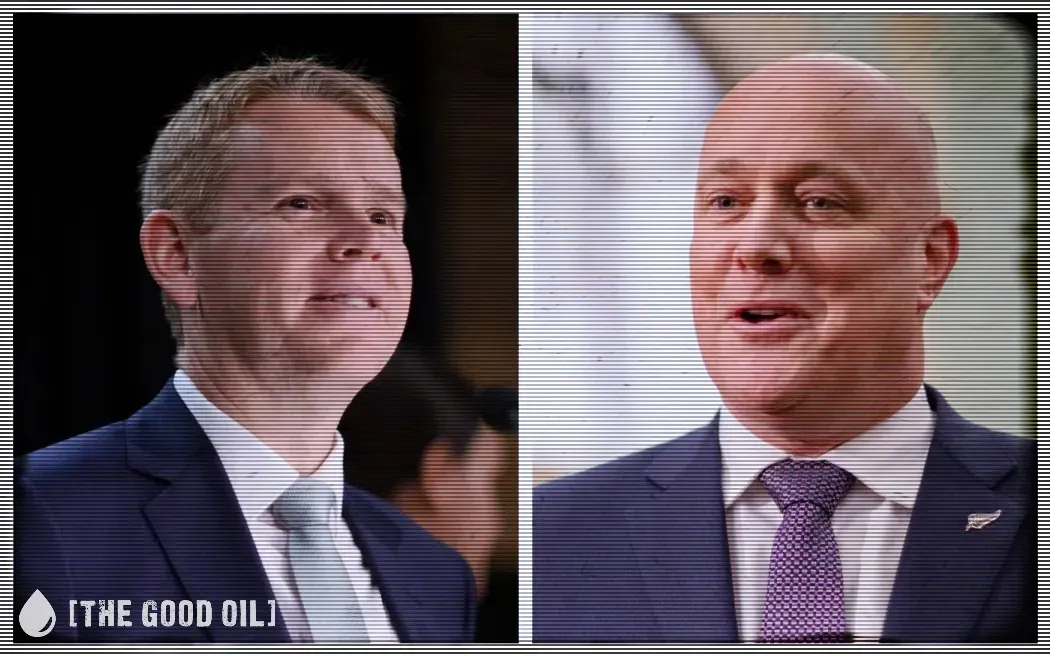Dark Jester
A political scholar with an interest in foreign interference. Traditional conservative. Came out of a family that fled communism and improved themselves thanks to capitalism but would consider myself a distributionist.
The issues of the Treaty and Maori rights have been a sensitive topic in New Zealand. Some could compare it to the complex race relations between blacks and whites in America. Tensions in those relations further intensified with increased riots. The 1960s also saw violent riots after the assassination of Martin Luther King. In modern times the Black Lives Matter protests have further divided the country, which is something that could also happen in New Zealand. Now, with the debate around He Puapua and the separate Maori Health Authority, there is the risk of our race relations rapidly or completely deteriorating.
Is there a dark agenda behind the current separatism that we are unaware of? At the 2019 Commission of Inquiry, Anne Marie Brady also submitted as a supplementary paper a research paper published by NATO’s Centre of Strategic Communication. The paper studied the cases of foreign interference in Sweden, Latvia, Estonia and Finland. The paper outlined four strategies being employed. The four strategies were: Laundering, Point and Shriek, Flooding and Polarisation.
Laundering is the process of legitimising false information or changing genuine information by obscuring its origin. This can be done by gradually distorting and filtering genuine news through news organisations and feeding it through legitimate channels.
Point and Shriek is the use of social activists taking advantage of perceived injustices within certain social groups and aggravating them to disrupt rational dialogue.
Flooding is to create confusion by overloading people with spurious and often contradictory information.
Polarisation refers to supporting opposing sides using false identities on a specific issue to create or reinforce grievances where escalating their sides will move mainstream opinion toward greater extremes.
Does any of this sound familiar? I can see signs that suggest at least three of these four strategies are being employed in New Zealand: Point and Shriek, Flooding and Polarisation.
There is evidence that suggests point and shriek tactics are being applied to the Maori community. The Maori rights movements are becoming more and more radicalised as they demand more and more reparations. Every year there’s always some grievance, some of which I believe to be legitimate but others which seem to be a bit far-fetched or at least oversimplified. Their cries of ‘institutional racism’ due to the vast number of incarcerated Maori is a good example of an overblown grievance. The more recent move to ‘decolonise’ New Zealand seems to me to be the ultimate form of escalating the grievances of the Maori in which they feel the whole New Zealand system is the biggest problem for them.
I also see evidence of polarisation in our current political climate, with the centre-left Labour party pushing increasing regulation on our primary industries, their proposal for the hate speech legislation and the He Puapua report.
These things will divide our country between the rural and the urban, the civil libertarian and the offended, the Maori and the Pakeha.
Small wonder that our country hasn’t fractured. I was encouraged by Monique Poirier’s post on Kiwiblog in which she expressed her admiration that we were not as divided as other Western nations on partisan lines but she warned that we were in danger of being susceptible to such conditions. I hope for our sake we avoid that trap for as long as possible.
The final tactic that I believe to be present is ‘Flooding’. Social media and the Internet have been a platform upon which information, opinions and views can be broadcast almost instantly. This has also been the perfect place in which contradictory information has been broadcast.
We saw this with Covid where there was contradictory information on the origins and the existence. We saw contradictory information over the 2020 US elections. More recently, we have seen contradictory information on the Pfizer vaccine. Was this designed to confuse voters and to further fragment society as they argue over which information is true? This could be linked to polarisation in which both sides are provided with misinformation they can use as talking points and then provide counter points to the other side.
In researching foreign interference techniques I noticed that this had some hallmarks of the ‘ideological subversion’ tactics of the Soviets that were exposed by KGB defector Yuri Bezmenov in the 1980s. Subversion was based on the ideas expressed by Sun Tzu in his book ‘The Art of War’ which was described as the ability to ‘infect’ your enemy and change their perception of you.
Ideological subversion can be divided into four stages. The first stage is demoralisation in which you begin to flood the target population with information about Communism in order to change their perception of the USSR. Particularly targeting the young people through teachers and the media to teach them about the virtues of Communism and to prevent them from critically assessing claims.
This is in order to change their perception about Communism so much that even when confronted with facts and data about the consequences of Communism they still cling to their faith in Communism. This process can take about 15-20 years since it takes that long to brainwash and radicalise a generation.
The hope is to create a generation who will then go into the media, education and government and push Communism on the future generation and so on.
The next step is destabilisation which is to change the country’s foreign relations, defence and economy. However, this could be expanded to other parts of society in order to fragment and break apart the relations.
Particularly he spoke about breaking down relations between the public and the police, between different races, between workers and employers.
This could be made possible through infiltrating the communities or the groups set up to represent each demographic.
The third tactic is to create a crisis to cause a panic which will then cause the population to be scared. Specifically, it was designed to cause the population to lose trust in their government and seek a ‘saviour’ or an alternative state.
The final stage is renormalisation in which the new system and status quo are socialised into normality and because of the crisis, the people will accept the new system as necessary to solve the problem and because they are relieved by the ‘saviour’.
Bezmenov has already warned that the first stage is complete in America. This was back in 1985 which means that we may be at either stage three or four.
I’m sure I’m not alone in thinking that the same thing is happening in New Zealand and that we may be at stage three but it is not as successful as it should be. The so-called crises that have been tried (climate change, white supremacy, covid) have not worked because of people like you. Sceptics and freethinkers who do not agree with the mob and question what governments and the media tell you. This slows down the process and stops them from the fourth stage which is renormalisation in which their plan is to save humanity from the crisis they created.
It might be too late for the United States where they have gone onto the final stage with things like the Green New Deal or the Great Reset but in New Zealand, we may still have a chance as people are waking up and opposing what the government is doing. The Groundswell protests are a good example of that.
It appears as if the crisis hasn’t worked due to resistance. Therefore they must go back to the destabilisation process and target race relations and the Maori community. This was actually something that Professor Anne Marie Brady warned about in her submission to the Commission of Inquiry.
This can be done through the strategies in the NATO report, point and shriek, polarisation and flooding. The He Puapua report and the Maori Health Authority is a good example of that.
The escalating grievance will cause division in New Zealand society by incensing both sides in the debate over the Treaty and providing contradictory information with the hope of creating some kind of crisis. I’m guessing it will be a crisis involving the Maori community.
Something to do with the loss of either their culture, language or possessions. Whatever it is we need to keep an eye out for something considered by the government and media as an emergency or crisis with speeches about how we need to act now and then look at the solution being proposed. It may, however, already be too late.
Please share so others can discover The BFD.









